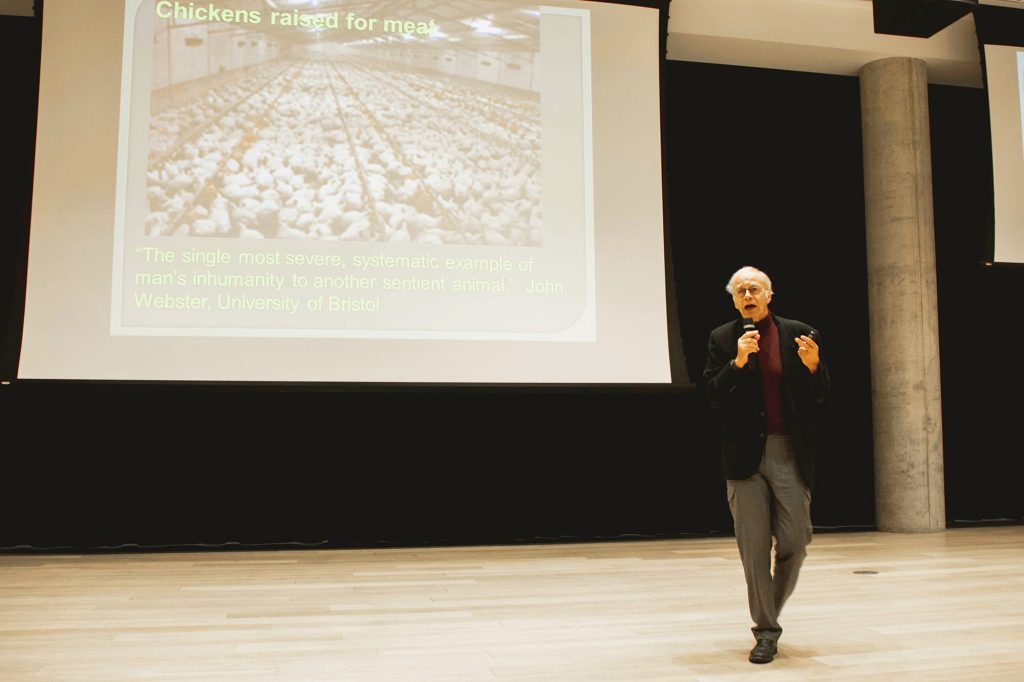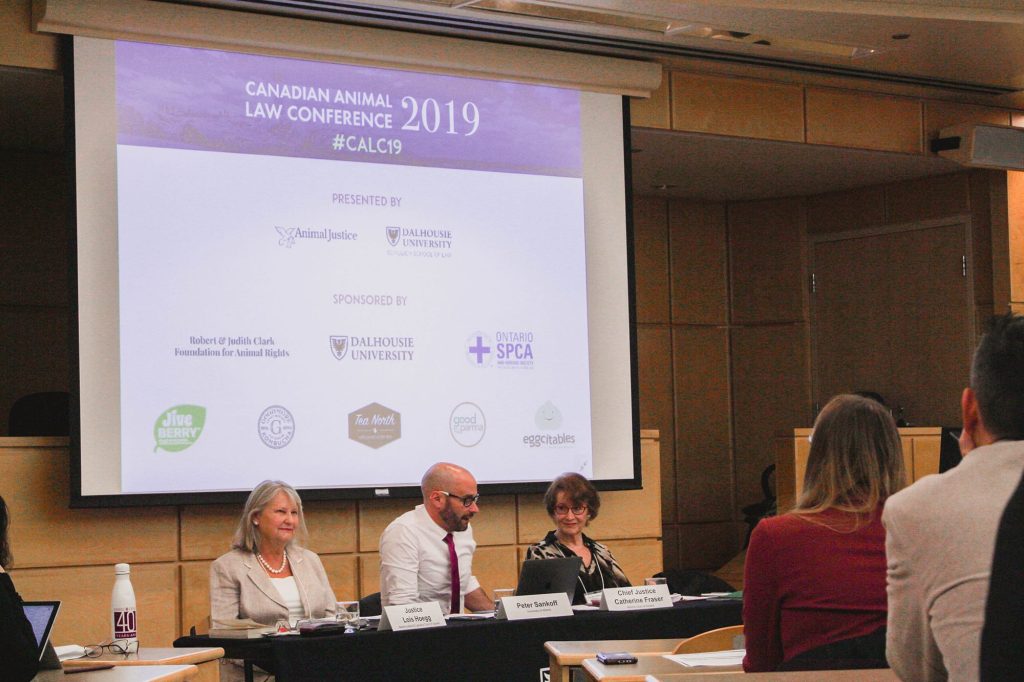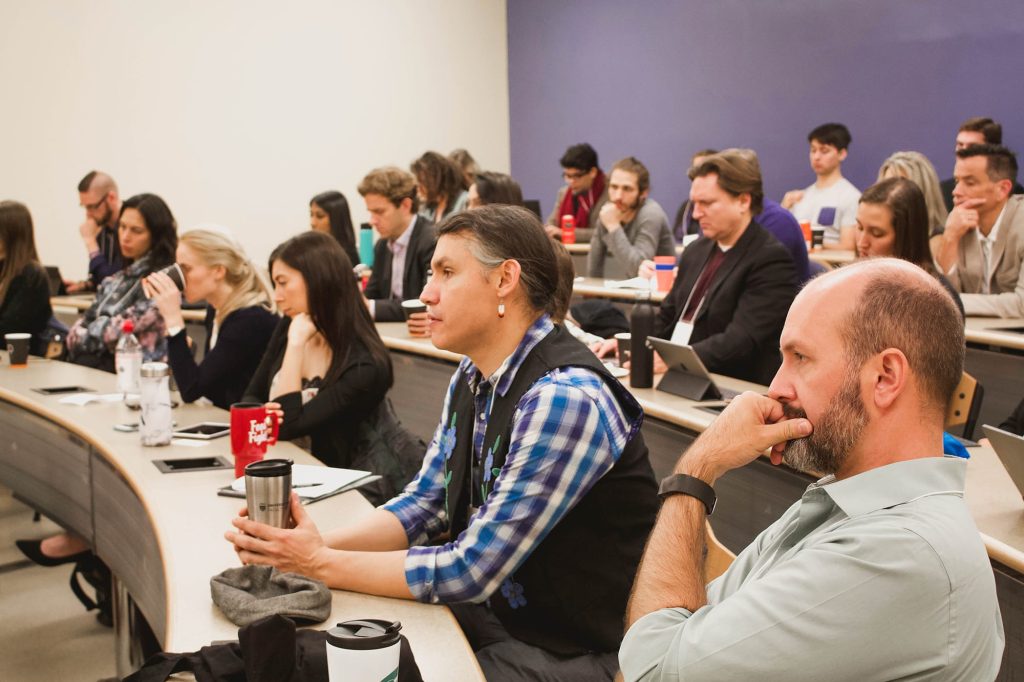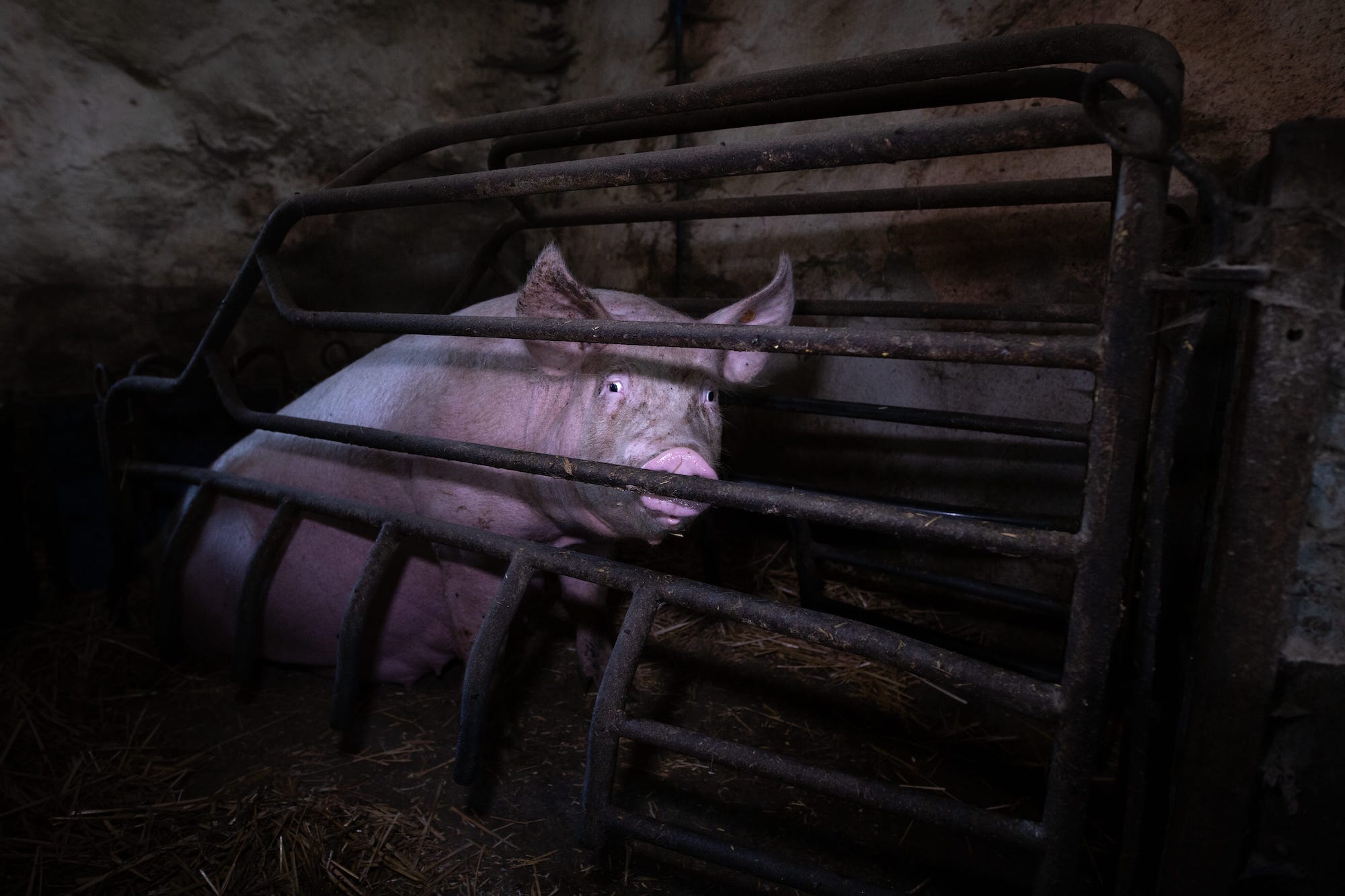Journalist Jessica Scott-Reid finds new perspectives and hope at inaugural Canadian Animal Law Conference
When considering the world of animal rights and protection, it may be images of animal activists screaming on the streets, of gruesome undercover footage from puppy mills, research labs and factory farms, and ads for the Beyond Burger, that immediately floods the mind’s eye. It’s certainly these parts of the world that I have been most immersed in, in my work covering animal issues in the media. However, after attending the first ever Canadian Animal Law Conference, held recently in Halifax, I’ve learn this is far from the complete picture. When it comes to advancing the position of non-human animals beyond that of mere property, within both society and the law, there is incredible legal, scientific, academic, political and philanthropic work being done by brilliant people from all over world, and much of it behind the scenes. The fight to end oppression of non-human animals is one that is multifaceted, multidisciplinary, multicultural and intersectional.
And our arsenal is more powerful than I ever imaged.
To open the conference, a public event was held at the Halifax Central Library, where a packed auditorium heard from one of perhaps the most well-known characters in modern animal rights, Dr. Peter Singer. Singer emphasized the need for the movement to focus on the greatest number of animals suffering the most, meaning the 74 billion land animals and the estimated trillion marine animals killed for food each year. One of his slides depicting the number of animals used or killed for food, vs the amount of money donated to shelters for dogs and cats, was especially eye-opening.

Singer’s breakdown of the fundamentals of speciesism provided a helpful jumping off point for the rest of the conference, where attendees dove into topics such as The Othering of Animals; Animals, Justice, & the Moral Community; and The Intersectional Future of Animal Law.
In one session, The Challenge of Advancing Animal Law Issues: A Perspective from the Bench, Chief Justice Catherine Fraser of the Alberta Court of Appeal and Justice Lois Hoegg of the Newfoundland & Labrador Court of Appeal each discussed landmark animal law cases in which they dissented (i.e., disagreed with the opinion of the court), over animals being denied legal justice. In Justice Hoegg’s case, a dog named Maya was caught up in a custody battle. The dog, Justice Hoegg stated, was quite obviously a member of the family, “and you can’t treat a family member like you treat a dishwasher.” These powerful words from a woman of great legal power, demonstrated that within our legal system there is progress being made regarding the position of animals.

I was honoured to be included in a panel myself, entitled Effective Legal Advocacy, Inside & Outside the Courtroom, alongside well-known #pigtrial lawyers James Silver and Gary Grill, and executive director of the Nonhuman Rights Project, Kevin Schneider. We discussed the challenges and benefits of fighting for legal personhood (as opposed to property) status of non-human animals, and the effectiveness and ethics of equating the oppression of animals to historically oppressed humans, including victims of slavery and the holocaust. It was a challenging, enlightening and radical conversation, and one that really symbolized what we were all doing at this conference: pushing legal and cultural boundaries, into sometimes uncomfortable but very necessary spaces, in order to push the position of non-human animals, into new and very necessary spaces.

There were a few particular topics discussed at the Canadian Animal Law Conference that filled me with the greatest hope for the future of animals in Canada, and beyond. These topics included the advancement of alternatives for animal models used in biomedical research, within a system that is today fundamentally broken; hearing how Bill S-203, the ‘Free Willy’ ban on keeping whales and dolphins captive in Canada came to be, and what this could mean for the future of other captive animals; the truly important role that local, grassroots animal activism plays within the movement; and the overall intersection of animal rights with indigenous rights, land rights and reconciliation—how indigenous leaders hold perhaps the greatest knowledge and power in the fight for animals, both in the courts and on the land.
In her closing remarks to conference attendees, Animal Justice’s executive director Camille Labchuk referred to that famous quote, First they ignore you, then they laugh at you, then they fight you… stating, “and that’s what they are doing right now. We are being fought viciously. We are being sued by industries. We are faced with crackdowns from governments like Ontario and Alberta, which are considering imposing Ag Gag style laws here to prevent activism that’s been exposing the conditions of animals. We are solidly in that fighting stage. And you know what happens after the fighting stage? It’s the winning stage, and we’re starting to get some wins. I know we are going to have more.”
And with those final words and a subsequent standing ovation, those who attended the inaugural Canadian Animal Law Conference were left with both hope and a call to action. Whether you are a lawyer or student, a philanthropist or activist, or simply an animal lover still looking for your place, know there is a role for you in this movement. As Labchuk said, we are now in the fighting stage, and right now we need an army made up of all kinds.
Join the Animal Justice mailing list




